Photographs: Uriel Sinai/Getty Images Shankar Acharya
There were several mistakes, all reflecting policy and governance weaknesses.
Yes, we are in an economic crisis, albeit in its early stages.
How else would you describe a situation where economic growth has collapsed, industrial output has stagnated for two years, jobs are being shed, consumer inflation is close to 10 per cent, the current account deficit (CAD) in the balance of payments is nearly five per cent of GDP at last count, investment is fleeing abroad, external debt maturing in the current fiscal year exceeds $170 billion and the rupee is touching new lows (or highs against the dollar!) each week?
It was all avoidable, if our policy-makers had been more competent and effective (and less venal, some might add).
There was plenty of warning commentary by independent analysts (this columnist included) over the past five years as each major policy misstep was taken.
For the record and for future lesson-drawing, it is useful to briefly outline the five biggest economic policy mistakes (out of a long list), aside from the pervasive nine-year long drought of productivity-enhancing economic reforms.
...
Why is Indian economy sinking? 5 glaring mistakes
Photographs: Reuters
The fiscal blowout of 2008-09
In the six years to 2007-08 the combined (Centre and states) fiscal deficit had been brought down from nearly 10 per cent of GDP to four per cent. This remarkable fiscal consolidation was squandered in the single, pre-election of year of 2008-09 when the combined deficit (inclusive of off-Budget items) leapt to over 10 per cent of GDP.
The central government budget deficit target of 2.5 per cent of GDP, presented by the current finance minister in February 2008, was massively overshot in the course of the year to yield an outcome of 8.2 per cent of GDP (including off-Budget items), easily the biggest overshooting in India’s history.
Although later rationalised as “fiscal stimulus” to counteract the global crisis, in fact, the great bulk of the overshooting occurred before the Lehman crisis of September 2008, mainly in the form of pay increases, subsidy hikes and NREGA rollout.
This unprecedented splurge of fiscal profligacy may indeed have cushioned the fallout from the global crisis for a year or two. But the composition of the huge expenditure hikes (mainly government pay, subsidies and entitlement programmes) made subsequent retraction politically difficult.
As a result, the persisting high fiscal deficits since 2008 have fuelled the long bout of inflation, kept interest rates high, reduced public savings and fed the rising CAD.
...
Why is Indian economy sinking? 5 glaring mistakes
Image: A Kashmiri woman walks under a garland made of rupee notes on display at a market in Srinagar.Photographs: Fayaz Kabli/Reuters
Exchange rate mismanagement since 2009
Although senior government spokesmen tend to project India’s external deficit pressures as a recent problem, in fact, the CAD has been consistently above the prime minister’s “safe benchmark” of 2.5 per cent of GDP since 2009-10.
That means we are in the fifth year of a dangerously high CAD. A significant contributory factor has been the authorities’ (government plus RBI) shift since spring 2009 to a relatively “hands off” policy towards the rupee’s exchange rate. So, when capital inflows recovered since 2009, the rupee was allowed to appreciate sharply in 2009 and 2010, despite a clearly rising CAD.
As some of us pointed out then, the authorities should have instead followed the well-tested, pre-2008 policy of limiting appreciation and building reserves through dollar purchases by the RBI.
The failure to do this led to an overvalued rupee, which weakened India’s international competiveness and helped fuel the pattern of rising external deficits that now haunt the economy.
...
Why is Indian economy sinking? 5 glaring mistakes
Photographs: Reuters
The supply shocks of 2010-12
These were multiple, all reflecting policy and governance weaknesses.
They include the sudden and damaging tightening of environmental regulations in 2010; the eruption of serious scams in 2G telecom spectrum allocation, coal-block allocations and various land scams (all with roots in earlier years) and their debilitating aftermaths in the impacted sectors; the sweeping judicial restraints on iron ore mining in Karnataka and Goa; the fiasco of missing coal and gas supply for many thousand megawatts of freshly completed power projects; the anti-investment tax measures of the 2012 Budget; and the generalised “policy paralysis” in regard to activation, completion and clearances of major projects.
All these supply problems reduced production, investment and growth and some also directly hurt the external balance, as in the case of coal and iron ore.
While each of these supply-side problems had distinct characteristics and policy histories, together they constituted a major (and persisting) supply shock to the Indian economy.
...
Why is Indian economy sinking? 5 glaring mistakes
Image: A mechanic dismantles the engine of a car at a workshop in Noida.Photographs: Reuters
The neglect of manufacturing
In marked contrast to the great majority of emerging nations, the share of manufacturing in GDP has stagnated at around 15-17 per cent for decades in India. While the problem is long-standing, the failure to enhance the share during the past decade was a significant contributory factor in the current economic crisis.
In the high growth period, 2003-11, services (including construction) accounted for well over 70 per cent of all growth, while industry (essentially manufacturing and mining) accounted for less than 20 per cent.
This lopsided pattern could not sustain high growth for long, and hasn’t once services expansion started to flag.
The major policy impediments to industrial growth have been unreformed rigidities in the labour market, growing impediments to land acquisition and the continuing weaknesses in infrastructure, especially power, roads, railways and ports. Slow industrial growth has led to limited growth of jobs for low-skilled labour and a steady widening of the merchandise trade deficit, which, in turn, widened the CAD.
...
Why is Indian economy sinking? 5 glaring mistakes
Image: RBI Headquarters.Photographs: Reuters
Faulty monetary policies of July 2013
As everyone knows, between the 15th and the 23rd of July, the RBI announced draconian (if somewhat opaque) monetary measures, which effectively increased the short-term policy rates by 300 basis points and sharply reduced liquidity.
The measures were taken ostensibly to defend the falling rupee by restricting “speculation”. The diagnosis was fundamentally incorrect.
The rupee was not weakening due to short-run “speculation” but because of a persisting high CAD, mounting short-term, external debt obligations and changes in the global environment for capital flows.
So the cure had little connection with the disease. As predicted, the measures did not solve the rupee’s weakness; the rupee was trading at a lower value by end July compared to July 14.
...
Why is Indian economy sinking? 5 glaring mistakes
Image: An employee counts Indian rupee notes at a cash counter inside a bank in Agartala, Tripura.Photographs: Jayanta Dey/Reuters
Instead, these measures significantly increased interest rates across the entire term structure, curtailed credit growth for productive purposes, made government borrowing more difficult and costly, weakened the health of banks (especially government banks) and, above all, further damped the outlook for recovery in output and investment.
In the process, the policy steps may have inadvertently increased the incentives for withdrawal of equity investments by FIIs in the Indian stock market, thus adding to the rupee’s weakness. Though described as “temporary”, there is little prospect of reversal. The damage has been done and will continue.
Even a quick perusal of the above list of major policy errors suggests that it will take of lot of time and work to repair the damage to the economy; even more if further unsound policies are adopted, such as tighter import restrictions. So, the outlook for the rupee remains: Volatile with a downward bias.<hr>
(The writer is honorary professor at Icrier and former chief economic adviser to the government of India. Views expressed are personal)



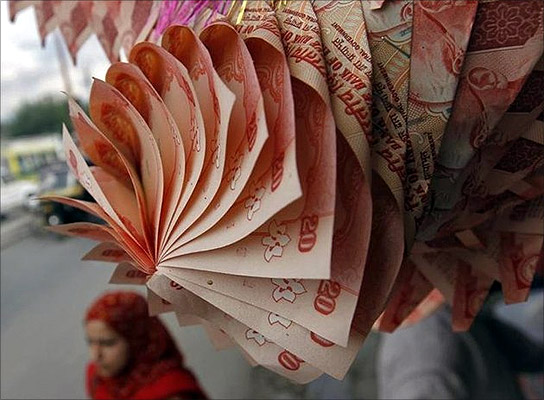
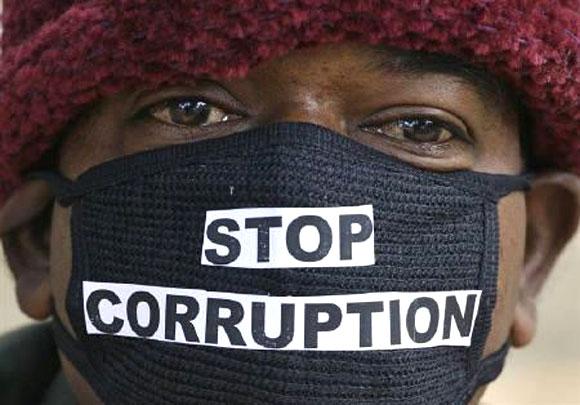
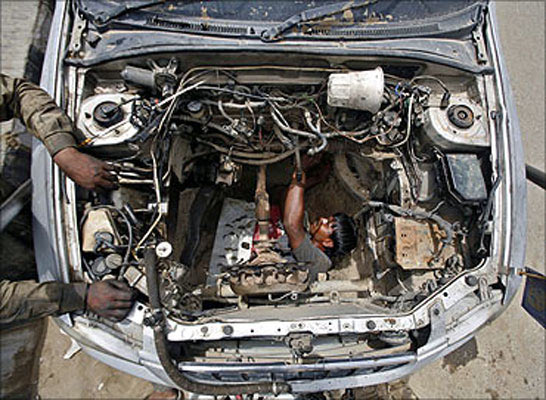
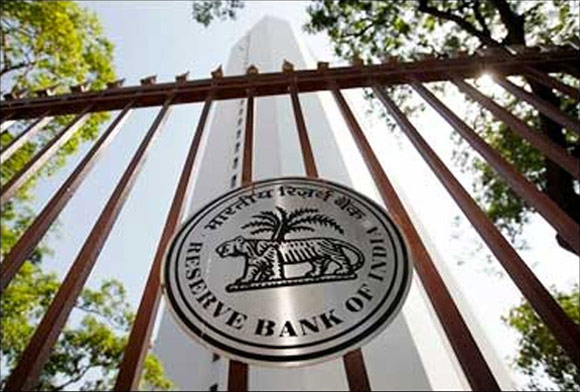
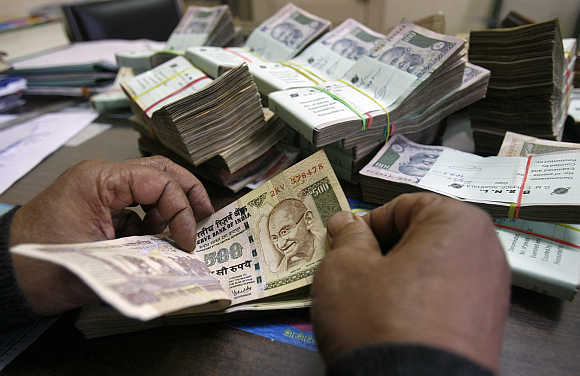

article